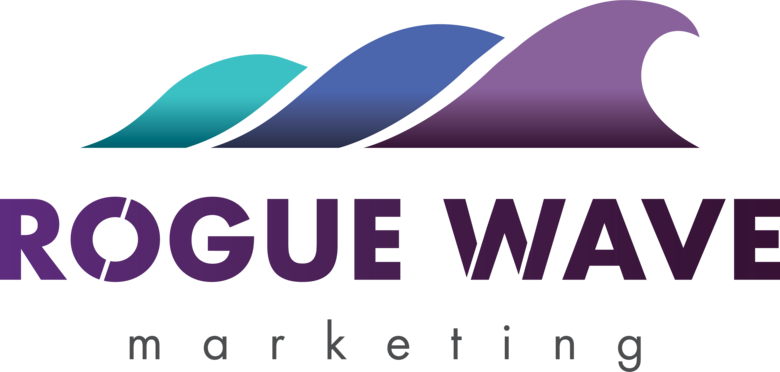
In the competitive landscape of modern business, understanding and optimizing Return on Investment (ROI) is crucial for sustainable growth and profitability. ROI measures the profitability of an investment relative to its cost and is a key metric in determining the effectiveness of various business strategies and initiatives. Here’s a comprehensive guide on what ROI is, how to calculate it, and 14 actionable strategies to enhance it for your business.
Defining, Highlighting, and Calculating ROI
ROI is a financial metric that evaluates the efficiency and profitability of an investment by comparing the gain or benefit from the investment to its cost. It is a crucial metric for businesses as it provides a clear indication of the profitability and effectiveness of various investments and initiatives. A high ROI indicates that an investment is yielding favorable returns, while a low or negative ROI suggests inefficiency or underperformance.
Understanding and optimizing ROI allows businesses to prioritize investments, resources, and strategies that offer the highest potential for profitability and growth, ultimately driving sustainable success in a competitive marketplace. In 2021, 44% of marketers said “Better measure the ROI of our demand generation initiatives” was their top priority (Demand Gen Report, 2021).
The formula for calculating ROI is: (Net Profit / Cost of Investment) x 100. Net profit refers to the revenue generated from the investment minus its associated costs.
12 Strategies to Improve ROI
Social Media Marketing:
Facebook is the most popular social media platform marketers used in 2023, and marketers report that it has a better ROI than every other platform (HubSpot State of Marketing Report, 2023). Leverage platforms like it along with Instagram, X (formerly Twitter), and LinkedIn to reach a wider audience, engage with customers, and drive conversions.
Regularly analyze metrics like engagement rate, click-through rate, and conversion rate to refine your social media strategy for maximum ROI.
Search Engine Optimization (SEO):
Enhance your website’s visibility and organic traffic through SEO techniques such as keyword optimization, content creation, and backlink building. Higher search engine rankings result in increased website traffic, leads, and conversions, ultimately improving ROI.
Utilize Video Marketing:
Invest in creating high-quality video content to captivate your audience and convey your brand message effectively. Platforms like YouTube, Vimeo, and TikTok offer opportunities to showcase products/services, educate customers, and drive traffic to your website.
In the 2023 HubSpot State of Video Marketing Report, 92% of video marketers reported that video gives them a positive ROI and 67% of marketers say that sharing on video platforms has the biggest ROI of any marketing strategy.
Email Marketing:
Marketers continue to frequently use email to maximize ROI and connect with customers. Develop targeted email campaigns to nurture leads, promote products/services, and drive sales. Personalize content, segment your audience, and track key metrics like open rate and click-through rate to optimize email performance and ROI.
Content Marketing:
Create valuable, relevant content that educates and engages your target audience. Blog posts, articles, ebooks, and infographics establish your authority in the industry, attract organic traffic, and foster customer trust and loyalty, driving long-term ROI.
Active Service Level Agreement (SLA):
Implementing an active SLA ensures clear expectations and accountability between your business and clients. Delivering consistent, high-quality service within agreed-upon timelines enhances customer satisfaction and loyalty, leading to repeat business and positive word-of-mouth referrals.
According to HubSpot Research, companies with an active SLA are likely to experience greater year-over-year ROI than those without.
Customer Relationship Management (CRM):
Implement a CRM system to streamline customer interactions, track leads and conversions, and analyze customer data. By understanding customer behavior and preferences, you can tailor your marketing efforts for higher engagement and ROI.
Conversion Rate Optimization (CRO):
Continuously optimize your website and landing pages to improve conversion rates and maximize ROI. A/B testing, heat mapping, and user feedback analysis help identify areas for improvement and enhance the user experience.
Pay-Per-Click (PPC) Advertising:
Take advantage of PPC advertising on platforms like Google Ads and Bing Ads to target potential customers based on their search queries and interests. Optimize ad copy, keywords, and landing pages to improve click-through rates and conversions, ultimately maximizing ROI.
With effective optimization, PPC advertising can yield average returns of $2 for every $1 spent — a 200% ROI (Wordstream, 2023).
Referral Programs:
Encourage satisfied customers to refer friends and family to your business through incentivized referral programs. Word-of-mouth marketing is highly effective and cost-efficient, resulting in new customers and increased ROI.
Strategic Partnerships:
Collaborate with complementary businesses or influencers in your industry to expand your reach and access new markets. Joint promotions, co-branded content, and affiliate marketing initiatives can drive traffic and conversions, boosting ROI.
Analytics, Insights, and Learning:
Track and analyze key performance indicators (KPIs) related to marketing, sales, and customer behavior. Data-driven decision-making enables you to allocate resources effectively, optimize campaigns, and improve ROI.
In addition, stay informed about industry trends, technological advancements, and changing consumer behaviors. Embrace innovation, experiment with new strategies, and adapt your approach based on performance metrics to stay ahead of the competition and maximize ROI.
Securing Your ROI
Enhancing ROI requires a combination of strategic planning, data-driven analysis, and continuous optimization across various aspects of your business. By implementing these 12 strategies, focusing on key digital marketing channels, and prioritizing customer satisfaction and engagement, you can drive significant improvements in ROI and achieve long-term business success.
How can we help?
At Rogue Wave Marketing, we reveal the uniqueness of every brand through inspirational and impactful messaging and content catered for your audience.








